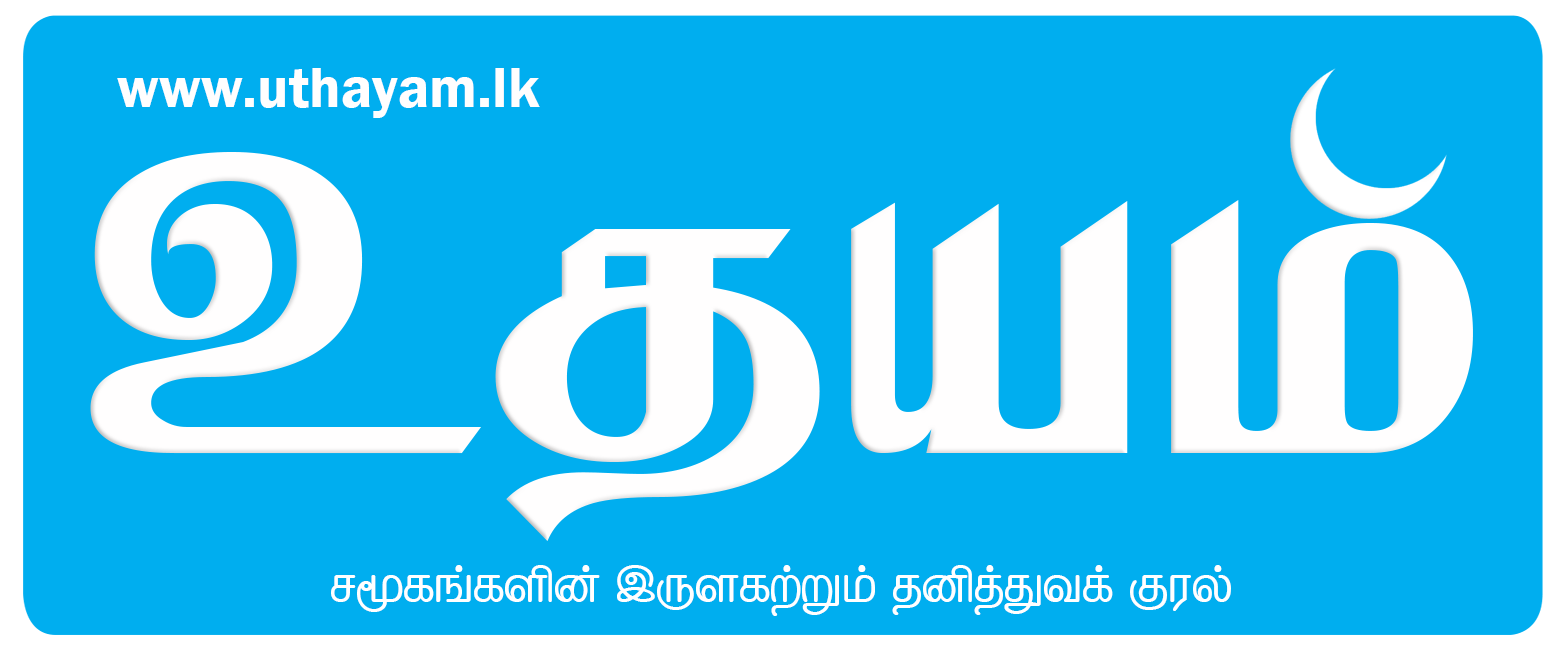Open finance: Unlocking a connected financial world
Content
Back then, the Competition and Markets Authority (CMA) issued a rule that required the nine biggest banks in the country to allow licensed startups direct access to their data. They decided to do what is open finance in crypto this following a report which found that older, larger banks didn’t “have to compete hard enough for customers’ business”. Ensuring transparent communication, obtaining explicit consent for data sharing, and providing clear information about data usage are crucial for fostering trust and mitigating the risk of customer dissatisfaction or backlash. For instance, e-commerce businesses can adopt open finance APIs to allow their customers to make direct bank transfers or debit card payments.

Enabling New Financial Ecosystems
Additionally, it encourages the development of innovative payment services, promoting financial inclusion and advancing payment technologies. Traditional banks with legacy IT systems may struggle to compete with open banking due to technical limitations and the high cost of system upgrades, limiting their ability to keep up with more agile fintech competitors. Open banking also reduces the need for intermediaries in financial transactions, with the potential of bypassing traditional banks. Open banking can https://www.xcritical.com/ also help extend financial services to underserved populations who do not have a traditional credit history.
Open finance – the next step of open banking
Typically, through the open banking finance platform, banks and financial institutions act as AML Risk Assessments data providers who pool and share user information through AI and APIs with third-party providers. Customers now identify and connect with a broad spectrum of financial services and offerings through APIs and third-party access to banking and financial data. Open banking also represents a fundamental shift in the financial industry from product-centric to customer-centric business. Concerns about the potential theft or misuse of customer data in open banking are significant and stem from the sensitive nature of financial information involved. Customers need assurance that they maintain control over their financial data, with stringent security measures to help protect customer data and ensure that it is accessed and used only as authorized. Weak security can result in data leaks, exposing sensitive customer information to cybercriminals and malicious actors.
Responsible Digital Finance Ecosystem (RDFE) : A Conceptual Framework
This facilitates the creation of more varied products and services that let consumers manage their financial assets, liabilities, and insurance products in one platform, regardless of where these assets are held. Open finance extends beyond the banking sector to include a wider array of financial products and services. It encompasses savings, pensions, investments, insurance, mortgages, and other personal finance areas. Open finance aims to provide a holistic view of an individual’s financial situation, offering the ability to manage all aspects of personal finance through a single interface or service. At the same time, it broadens access to financial services to more people, and opens up new routes to market and new sources of revenue for institutions.
- This means that people can have a safe channel to easily share their banking information with other companies.
- In this article, we will explore what exactly Open Finance is, how it works, and its potential benefits.
- Open finance has the potential to provide various benefits for consumers, small and medium-sized enterprises (SMEs), and financial service providers.
- Our expertise in Open Banking and Open Finance enables us to help financial institutions navigate this new landscape, ensuring compliance, security and innovation.
- Broader EU regulation could lead to greater data sharing by mandating which financial institutions and companies have to share information and how.
Breaking Down Silos to Advance Financial Inclusion of Forcibly Displaced People
In fact, 55% of people say they are relying on budgeting apps to help them navigate inflation challenges. Consumers securely connect all of those apps to their bank accounts, share their financial data across accounts and platforms, and make better financial decisions. The regulatory landscape of open finance is shaped by several existing frameworks and directives, primarily stemming from those that began with open banking. The Revised Payment Services Directive (PSD2) in the European Union is a cornerstone of Europe’s open banking ecosystem, which mandates banks to provide secure access to customer payment account data through standardized APIs. This directive established requirements for strong customer authentication, data protection, and consent mechanisms.
One of the most important enablers of an effective open finance system and the responsible use of data is a strong data privacy foundation. CGAP research has shown that low-income customers care deeply about their privacy and are willing to pay a premium for data protection, including paying higher interest rates or fees. CGAP’s recent research in Brazil has shown that awareness of and trust in open finance are lower among traditionally underserved groups like women and lower-income segments. Over the last decade, there has been rapid growth in the ‘breadth’ of financial services (i.e., the number of people with access to accounts), largely fueled by the growth of mobile wallets and the digitization of G2P systems.
They act as the route for data to be shared securely and efficiently between financial institutions and third-party service providers. APIs enable different software systems to communicate with each other, allowing for data exchange in real-time. It’s about using technology to create an inclusive, innovative, and customer-centric financial ecosystem.
Supervisory determinations will likely focus on individual neobanks, ‘Buy Now, Pay Later’ companies, ‘super-apps’, and big tech. When it’s open, finance can transform societies and help more people access the banking services they need to prosper. At Finastra, we promote the power of eco-friendly transactions to help prioritise sustainability, while digitising trade systems for efficiency and allowing more people to access a fairer, greener banking environment.
Finastra is pioneering open finance by enabling new marketplaces and economies with software, while empowering businesses with new, diverse revenue streams through greater competition, collaboration and innovation. Our technology enables businesses to boost operational efficiency, adapt to changing customer demands and elevate profitability, customer satisfaction and loyalty. Open Finance is being driven heavily by the market and consumer expectations but regulations will ultimately shape the best practices and standards for consumer data sharing. While Open Finance has been widely adopted in Europe and Australia, North America has its own perspective and regulations for what consumer-permissioned data sharing looks like in the future. As open finance regulations take hold in the U.S., from market-driven to government mandates, we are entering the next phase of secure and open data sharing. Tink offers a host of open banking solutions that bring benefits to businesses as well as consumers.
Digitisation and contactless payments, although convenient, create distance between people and their full financial data. Open finance essentially expands the scope of open banking — it would allow the sharing of data on products such as loans, savings, investments, pensions and insurance. Elsewhere, open banking is often regulation-driven, largely with the aim of stimulating competition and innovation. There, the EU revised the Payment Services Directive (PSD2), which mandated that all banks starting in 2019 allow their customers to securely share their account information with other financial service providers. For financial institutions, fintechs, and neo banks, open finance protects customer data and privacy by using APIs. When MSU Federal Credit Union implemented API connectivity, connection health (secure, stable connections between bank accounts and apps) increased by 400%, and technical support tickets dropped by 67%.
Open Finance is the next step beyond Open Banking, enabling access and sharing of consumer data to even more financial products and services — not just banking. Open finance data refers to financial information and data that is made accessible, shareable, and usable by various entities within the broader financial ecosystem. It encompasses a wide range of financial data, including transaction history, account balances, investment data, insurance data, and more. Examples of open finance data can be bank account transactions, insurance coverage and policy information, savings portfolio data, and pension data. Financial products such as savings, investments, mortgages and pensions all fall outside its parameters.
Open banking APIs are not without security risks, such as the potential for a malicious third-party app to clean out a customer’s account. Open finance allows consumers to securely access, manage, and share their personal financial account data with any financial services provider they want to use, including banks, credit unions, and fintech apps. It also inherently encourages competition in fintech by giving consumers access to more tools.
With open finance, third-party users can access the customer’s complete financial footprint like credit history, shareholdings, insurance, and so on, but with customer knowledge and consent. The range of your financial data could include loans, savings, pensions, insurance, mortgages, and credit score — in a grander sense, your entire financial blueprint could be visible to a trusted third party only if you set out the required permissions. You control access to your financial data and the specific aspects of data you want to share, along with, of course, who you want to share your data with. If you change your mind after giving a provider permission to access your data, you can revoke your consent at any time.
As the development and adoption of open finance as a central element in modern and digital financial ecosystems are just beginning to take off, we have the unique opportunity to shape open finance regimes in a way that works for everyone. Taking corrective measures to make systems inclusive ex-post can be more challenging and costly. As the use of digital data and digital processes increases, so can consumer risks and cyberattacks. Despite the positive evidence that is emerging, if the correct enabling environment is not in place, the impact of open finance on financial inclusion will be limited. Open finance’s contribution to increasing financial inclusion relies on a multifaceted effort where other enablers are put in place too. CGAP has developed a self-assessment tool to help regulators and policymakers identify and address areas of the enabling environment that they should strengthen before or during the early stages of implementing an open finance roadmap.
Providing comprehensive education, resources, and support to empower consumers to make informed decisions and protect their financial interests is essential for the successful adoption of open banking. With more freedom and control, consumers can understand their financial options better, manage their expenses, savings, and investments, and enjoy faster transactions. Through open finance, companies can save a significant amount of costs by developing those products and services that generate good revenue and sales for the company. Research says 83% of consumers are willing to share data to get more personalised experiences. On the other hand, they may have concerns about privacy and what companies do with their data. To further improve your security, the industry is moving toward more “tokenized” access, also known as “Open Authorization” or “oAuth” connections.
